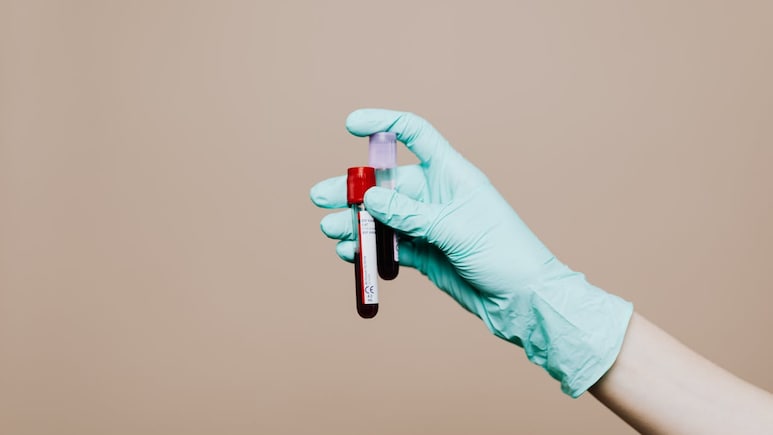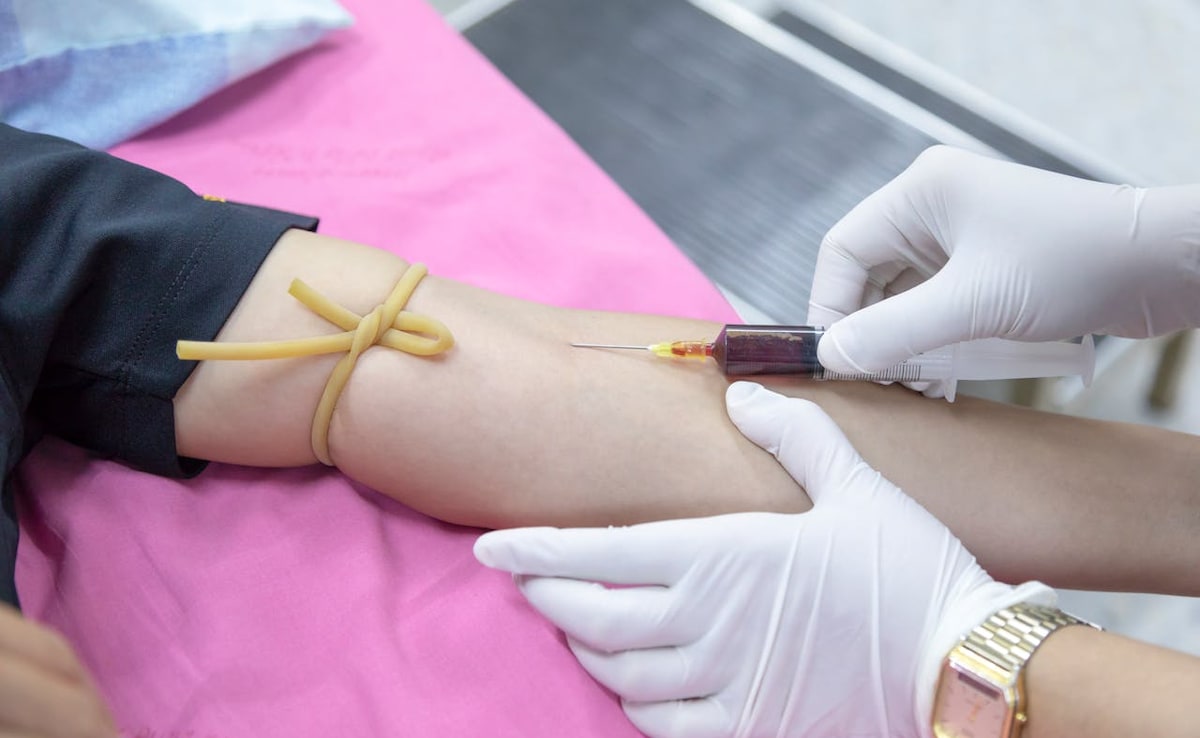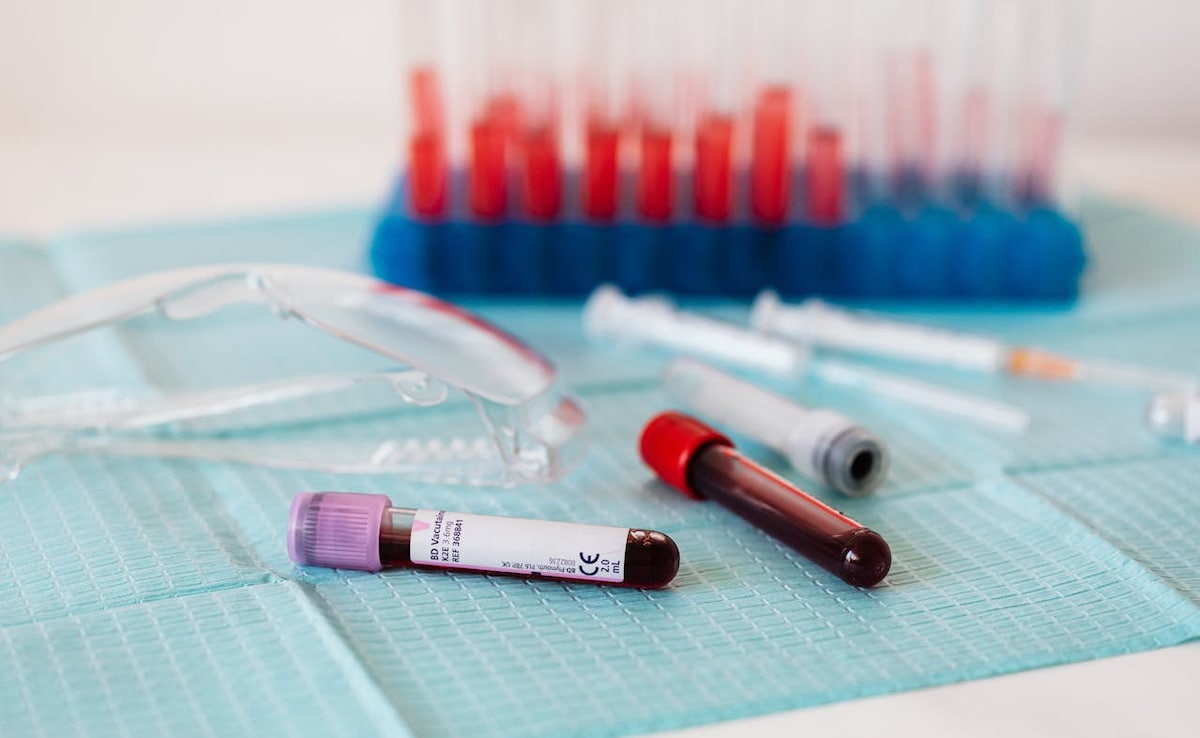
I don't know about you, but every time I get a blood test done, the report makes me feel like I've accidentally opened someone's chemistry notes instead of my own health file. Abbreviations everywhere: WBC, Hb, MCV, MCHC. And that particular number in bold or tiny "H" or "L" flashing in red beside a number? Enough to make anyone panic. The Complete Blood Count (CBC), though, is one of the most common, and one of the most useful, blood tests your doctor can prescribe. Think of it as your body's health scorecard. It looks at your blood's main components, red blood cells, white blood cells, and platelets, and tells us whether things are ticking along fine or if your body is fighting an infection, suffering from anaemia, or needs closer attention.
The problem? Most of us don't know what half those terms mean. We end up calling our doctor (or, worse, Googling wildly) and spiralling into anxiety. That's where this week's Health Decoder comes in. Today, I'll walk you through your CBC report, term by term, in plain English, so the next time you see it, you'll know whether it's a storm warning or just a drizzle.
1. Haemoglobin (Hb): The Oxygen Carrier
If you're tired all the time, dizzy, or look unusually pale, Hb is the first number to check.
- What it is: Haemoglobin is the protein in red blood cells that carries oxygen to your organs.
- Normal range: Around 13-17 g/dL in men, 12-15 g/dL in women (slightly lower in pregnancy).
- What low levels mean: Anaemia, which could be due to iron deficiency, vitamin B12 deficiency, or chronic illness.
- What high levels mean: Sometimes dehydration, smoking, or living at high altitudes.
2. Red Blood Cells (RBCs) and Related Indices
Your RBCs are like tiny delivery trucks, carrying oxygen around. But your report won't just say "RBCs", it'll throw fancy terms at you:
- RBC Count: Tells you how many red blood cells you have.
- MCV (Mean Corpuscular Volume): Size of your RBCs. Too small = iron deficiency anaemia. Too big = B12/folate deficiency.
- MCH/MCHC: These show how much haemoglobin your RBCs carry. Low values often mean iron deficiency.
Together, these indices help doctors figure out the type of anaemia, not just whether it exists.

Photo Credit: Pexels
3. White Blood Cells (WBCs): The Body's Defence Force
- What they are: Soldiers of your immune system, fighting infections.
- Normal range: 4,000-11,000 cells/uL.
- High levels: Could mean an infection, inflammation, or rarely, blood cancers.
- Low levels: Sometimes due to viral infections, certain medications, or bone marrow issues.
- Your report may break this into differential counts: neutrophils, lymphocytes, eosinophils, basophils, monocytes. Each tells a story. For example, eosinophils go up in allergies or parasitic infections (yes, the classic "worms" Indian parents warn us about).
4. Platelets: The Clot Makers
This number matters a lot during flu season or monsoons when dengue and malaria are common.
- What they are: The little discs that stop bleeding when you get cut.
- Normal range: 150,000-450,000/uL.
- Low platelets: Can happen in dengue (a common monsoon illness in India), viral infections, or certain immune conditions.
- High platelets: Sometimes due to inflammation, iron deficiency, or rarely, bone marrow disorders.
5. Haematocrit (HCT Or PCV): Blood Thickness
- What it is: The percentage of blood made up of red blood cells.
- Low levels: Anaemia.
- High levels: Dehydration or conditions where the body makes too many RBCs.

Photo Credit: Pexels
Why Your CBC Matters
Your CBC can:
- Detect infections early (rising WBCs).
- Point towards nutritional deficiencies (low Hb, MCV).
- Monitor chronic illnesses (kidney disease, autoimmune disorders).
- Guide treatment decisions in real time.
Doctors often order a CBC as a baseline test because it acts like a window into your body's day-to-day functioning.
When to Worry, And When Not To
A single number slightly above or below range doesn't always spell disaster. Lab values can vary depending on hydration, stress, or even how the blood was handled. What matters is the overall pattern and whether symptoms match. Example: Mildly low Hb may not be concerning if you're otherwise healthy, but Hb dipping consistently is worth investigating.
Tips To Reading Your CBC Without Panic
- Don't self-diagnose. Use this article to understand, not to replace medical advice.
- Look for trends if you've had multiple reports.
- Remember normal ranges differ slightly by lab, gender, and age.
- Always ask your doctor: "What does this mean for me?"
So, the next time you hold a CBC report and see those ominous H's and L's in red, don't panic. Now you know Hb tells you about your oxygen, RBC indices decode anaemia, WBCs are your immune guards, and platelets prevent bleeds. In short, this test is less like a horror story and more like a health cheat sheet, one that your doctor uses to connect the dots. And thanks to a little decoding, so can you.
Disclaimer: This content including advice provides generic information only. It is in no way a substitute for a qualified medical opinion. Always consult a specialist or your own doctor for more information. NDTV does not claim responsibility for this information.
Track Latest News Live on NDTV.com and get news updates from India and around the world

